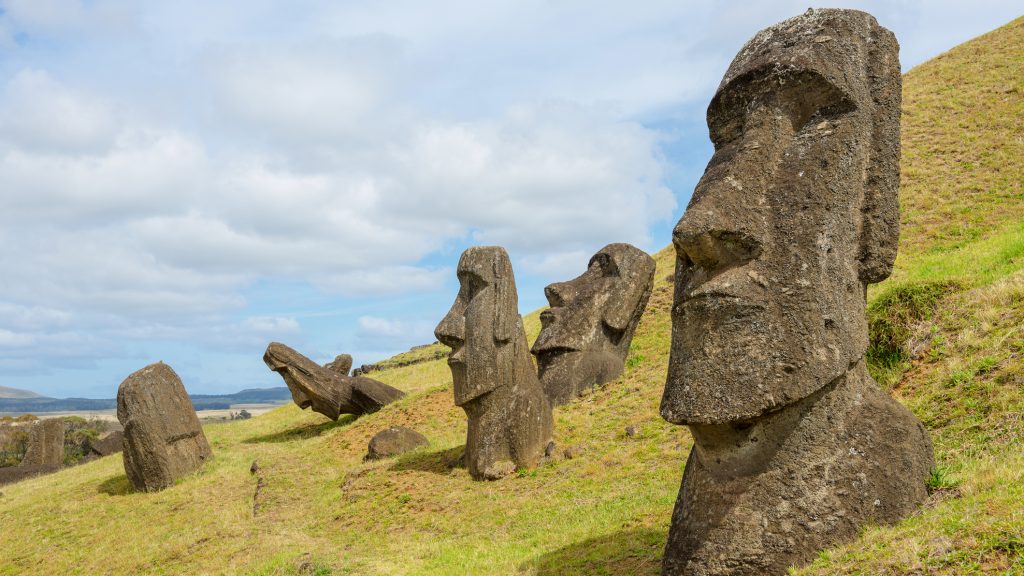The ancient find was found at the bottom of a dried up lake.
An ancient statue was discovered at the bottom of a dried-up lake on Easter Island IFLScience. The valuable find was hidden by sediment and reeds, and the team that found the stone head believe there may be several statues lurking in the bed.
The official name for the statues typical of Easter Island is moai, and most of them were made between 1250 and 1500 by the indigenous people of the island. They were usually carved from solidified or volcanic volcanic ash extracted from a crater called Rano Raraku, as was the recently found piece.
The statues represented living chieftains or deified ancestors, and were often placed on terraces built along the coast, facing inland, as if overlooking tribal lands.
Their length is on average 4 meters, and their weight is 12.5 tons, but there are also much larger ones – some reach 10 meters in height. The newly discovered moai were found to be slightly smaller than average in size. Experts do not yet know why the indigenous people placed the statue at the bottom of the lake.












































